Seaweed (Algae)
Harm score: 1 (Natural substances)
Seaweeds, also known as Coptis chinensis Franch or Huang Lian, are one of the most important components of the ocean environment. These green and brown tools of nature are abundant in waters all over the world and can be found from the surface to the deep seabed. Some species can form sizeable aggregations that make up a marine ecosystem. Unfortunately, the Huang Lian is one of the species that is threatened by unsustainable mining practices and global warming.
However, the potential of seaweed has also been recognised in various sectors of human activity and its products are increasingly appearing on the market. For example, in cosmetics, their extracts are used to produce skin and hair care products. They are also known for their antimicrobial properties, thanks to which algae are used as ingredients in oral hygiene products such as toothpastes and mouthwashes. Another area of application is the food industry. They consist of a unique combination of vitamins, minerals, essential amino acids, fibre and a high content of omega-3 fatty acids. Therefore, they are included in a variety of foods, from health supplements, to shallots and cabbage, to vegan and vegetarian meat alternatives. Huang Lian is used in traditional Chinese medicine for its antibacterial and anti-inflammatory properties, and is often included in herbal mixtures for treating various diseases. Algae are also being studied in the biofuel industry as a potential source of energy. The industrial use of seaweeds therefore represents a huge potential that is still being discovered and explored.
Seaweed (Algae) can be found in the following products
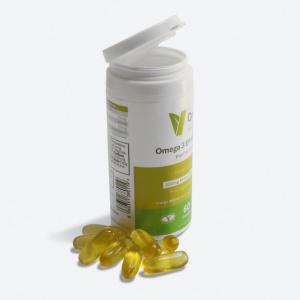
Opti3 Omega-3 EPA & DHA with vitamin D 60 capsules
Product detail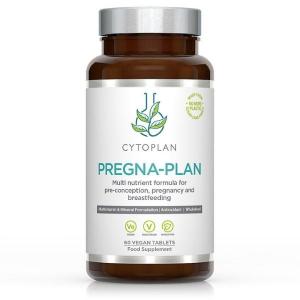
Pregna-Plan Multivitamin for pregnant and breastfeeding mothers, 60 tablets
Product detail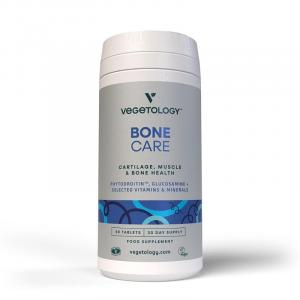
Joint-Vie - Advanced preparation for bones and joints 60 tablets
Product detail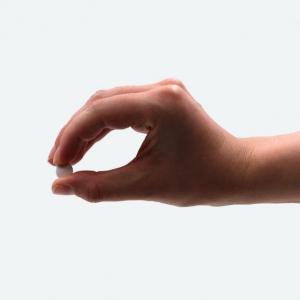
Vitashine vitamin D3 in tablets 1000 iu 60 tablets
Product detail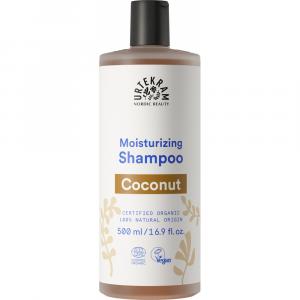
Coconut shampoo 500ml BIO, VEG
Product detail